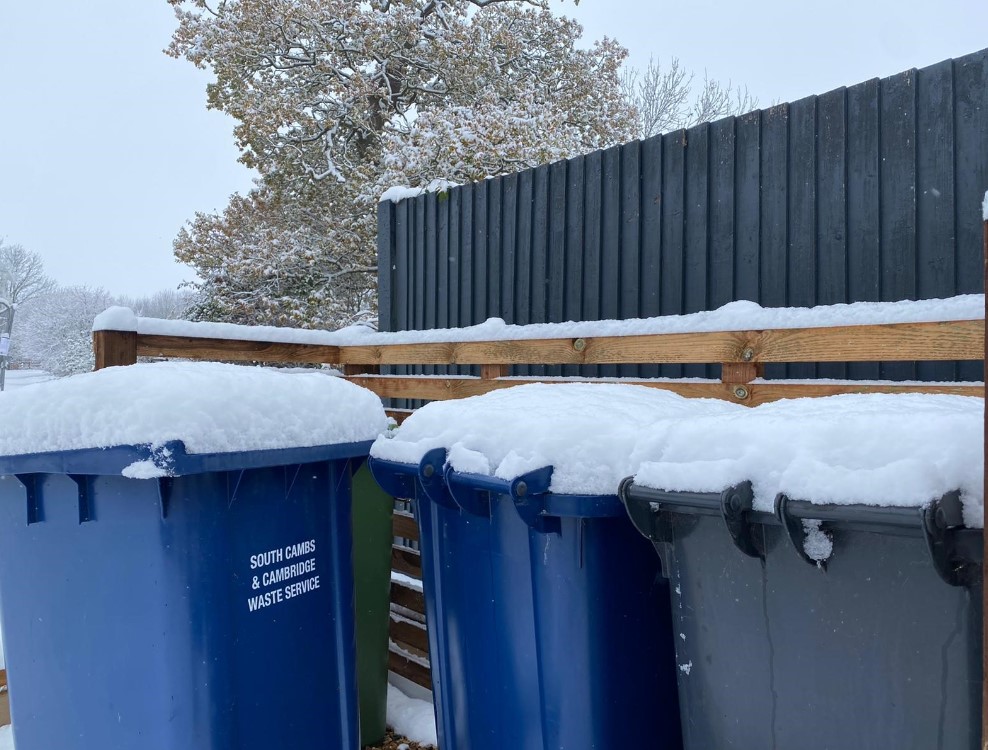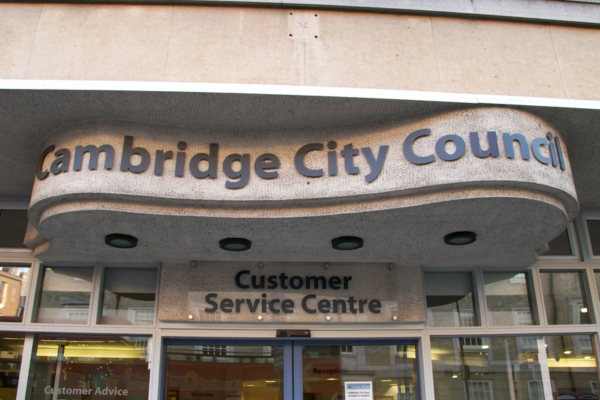All catering businesses need to consider a number of legal obligations based on The Food Standards Agency current statutory hygiene regulations. These regulations relate to food preparation and serving areas.
It's recommended that food traders attend an approved food safety training course to ensure that you meet your legal obligations with respect to food hygiene standards. See 'train your staff' on our starting a food business page for more information.
Our food safety team routinely inspect food businesses to ensure compliance with food safety management processes and nationally set food hygiene regulations.
If you currently operate a food business or are thinking of starting a food business, visit our starting a food business page for useful advice and resources.
Food Hygiene Regulations
Below is a list of main legislative requirements in relation to food premises. The list is not exhaustive.
Wall coverings
Regulation (EC) No 852/2004 Annex II Chapter II Para. 1(b)
Wall coverings must be impervious, non-absorbent, and washable.
Use stainless steel or plastic sheeting on walls, alternatively; washable paint, epoxy resin coating, or ceramic tiles with epoxy based grouting is recommended. All areas where food is prepared and stored must be clean and capable of being kept clean.
Floor coverings
(Regulation (EC) No 852/2004 Annex II Chapter II Para. 1(a))
Floor coverings must be suitable for use in a room where food is prepared, treated or processed. Floor coverings must be impervious, non-absorbent, washable and of non-toxic material.
Floor surfaces that will satisfy the requirements of the Regulations include: Vinyl safety flooring, floor tiles (quarry/ceramic/vinyl), terrazzo tiling, cast resin flooring.
Cover all junctions between floors and other surfaces to help clean. All areas where food is prepared and stored must be clean and capable of being kept clean.
Ceilings
(Regulation (EC) No 852/2004 Annex II Chapter II Para. 1(c))
Ensure that the finished surface of the ceiling prevents the accumulation of dirt and reduce condensation, mould growth and flaking paint.
Smooth washable painted plaster is recommended for ceilings. Ceilings in food preparation areas must be clean and capable of being kept clean.
Work surfaces
(Regulation (EC) No 852/2004 Annex II Chapter II Para. 1(f))
Work surfaces should be easy to keep clean or disinfect. The surface should be smooth, washable and made of non-toxic materials. Unsealed wood is not suitable.
Food and equipment cleaning facilities
(Regulation (EC) No 852/2004 Annex II Chapter II Para.2)
A sink must be installed with an adequate supply of hot and cold (mains) water, properly connected to the drainage system.
A sink must be installed which is big enough to accommodate larger pieces of equipment. The sink must be provided with an adequate supply of hot and cold water and be properly connected to the drainage system.
Accessible hand wash basin
Regulation (EC) No 852/2004 Annex II Chapter I Para.4
You need to provide a hand wash basin in the kitchen and food service area with adequate supplies of hot and cold, or appropriately mixed, running water, soap and hygienic means of drying hands. The basin should be connected to the drainage system and all staff should understand that it is for hand washing only.
Equipment
Regulation (EC) No 852/2004 Annex II Chapter V Para 1(b)
All equipment which comes into contact with food must be in such good order and repair as to minimise any risk of contamination of food. Equipment should be provided which can be adequately cleaned and disinfected where necessary.
Pest control
Regulation (EC) No 852/2004 Annex II Chapter IX para 4
Food businesses must take all reasonable precautions to prevent food pests, namely rats, mice, cockroaches and flying insects gaining entry into food storage and preparation areas. This is to prevent the contamination of foodstuffs.
Any gaps and holes to external doors, windows, pipes, drains etc. must be filled or covered with a solid, durable material in order to minimise pest entry points into food preparation and storage areas.
Electric insect killers are advisable in food service areas. They should be situated in an area away from main light sources and food preparation surfaces. Also any windows which are to be kept open should be adequately pest proofed.
It's recommended that businesses contract the services of a pest control company.
Ventilation systems in kitchens
Regulation (EC) 852/2004 Annex II Chapter I para.5
Planning consent may be required for some systems - if installing a ventilation system, please contact us for advice.
All food preparation and storage areas must have adequate ventilation either by natural or mechanical means. This is to reduce high humidity, room temperatures, cooking odours and airborne particles.
An extract system would need to be installed to remove excessive heat(and odours) from kitchens. A mechanical extract ventilation system should include as a minimum the following components:
- A canopy of adequate size sited over the cooking equipment (stainless steel preferred)
- Removable grease filters which are either washable or disposable - suitable for the type of cooking you do
- A fan of adequate capacity capable of achieving 20 air changes per hour in the kitchen and connected to a variable fan speed control switch
- Ducting to convey cooking fumes to a suitable point Adequate, permanent make up air facilities which are fly proofed where necessary and suitably sited to allow the efficient circulation of air in the kitchen
- The system should discharge with consideration so that odours do not affect neighbouring properties.



